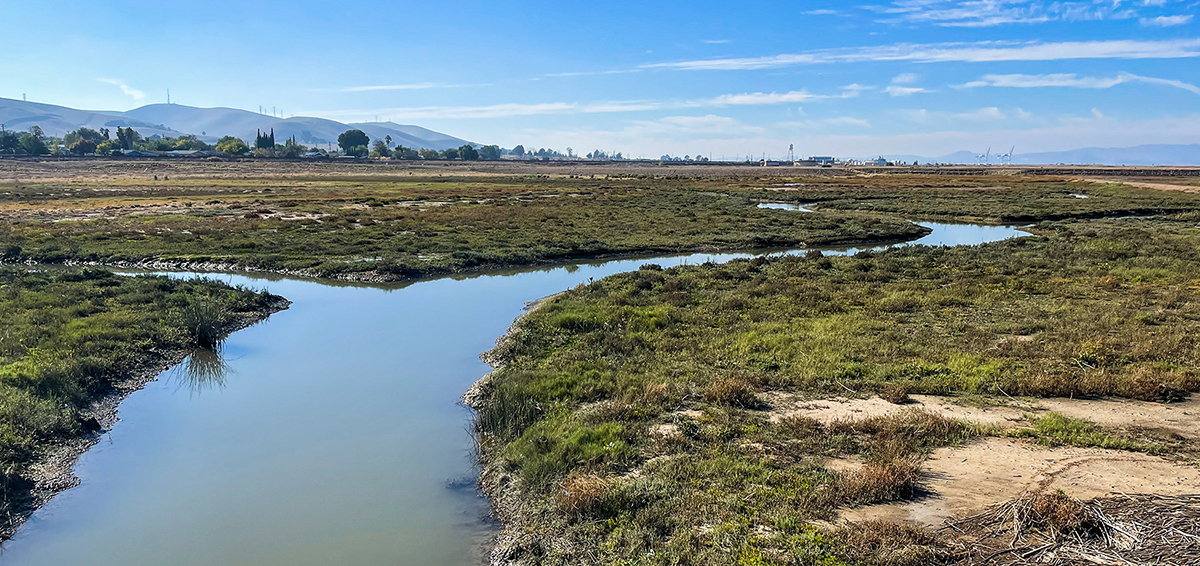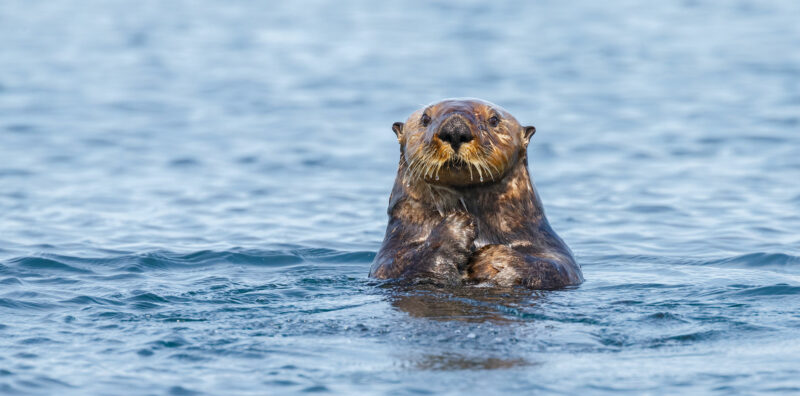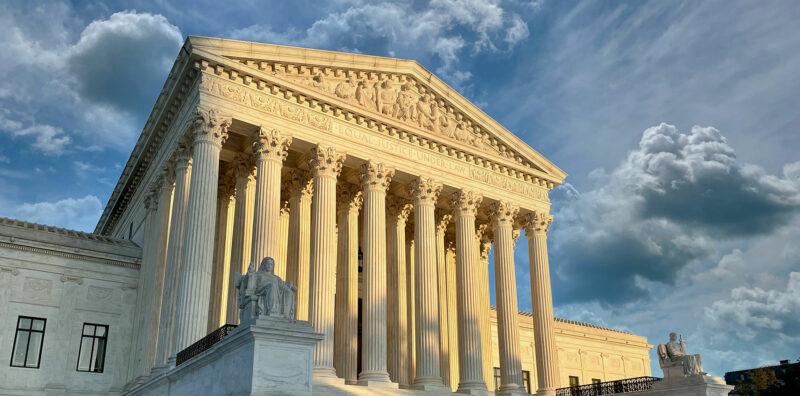The finalization of California’s 2026 Fiscal Year budget on June 30, 2025, did more than...

Bay Point Regional Shoreline Restoration and Public Access Project
Bay Point Regional Shoreline provides habitat for a variety of native and special-status species and offers visitors valuable access to tidal marshlands and expansive waterfront open space, the park stands as a gateway to the shoreline of the Sacramento/San Joaquin River Delta, filling the vital habitat gap between Martinez and Oakley.
Why does this project matter?
The project creates and enhances approximately 18 acres of tidal marsh and panne habitats and 10 acres of coastal grassland and coastal scrub along Suisun Bay at the midpoint of the San Francisco Bay Estuary and the Sacramento-San Joaquin River Delta. This restored gem showcases the convergence of saltwater and freshwater, giving rise to a dynamic and diverse ecosystem brimming with life. The project also serves as vital access to visitors for recreation and shoreline access to the historically disadvantages community of Bay Point.
What is ESA doing to help?
Situated in the Bay Point community along the south shore of Suisun Bay, the project focused on revitalizing a former tidal marsh that had been historically repurposed for sand dredging operations. The East Bay Regional Park District hired ESA to spearhead the restoration project, with ESA providing comprehensive services throughout the project lifecycle, including planning and analysis, design, permitting, and engineering support services during construction.
The project aimed to address habitat loss and fragmentation by creating an expanded tidal marsh, offering a vital refuge for various native and special-status species. A diversity of created and preserved habitats is interspersed throughout the restoration area providing a high level of habitat complexity at the site. Areas of higher ground are located adjacent to the restored marsh, affording high-tide refugia for terrestrial wildlife and room for the wetlands to expand inland as sea-levels rise. ESA’s expertise led to the implementation of enhancements such as raising the Harrier Trail to mitigate flooding risks and enhance sea-level rise resiliency. Additionally, the trail was surfaced to improve accessibility for visitors. ESA designed a new kayak launch to further enhance recreational opportunities, providing enhanced access for boating and fishing enthusiasts.
Throughout the project, ESA played a crucial role in navigating the complex permitting and regulatory compliance process. Through rigorous site surveys and effective coordination with regulatory agencies, including the U.S. Army Corps of Engineers, RWQCB, BCDC, USFWS, NMFS, and CDFW, ESA successfully presented the project at the interagency meetings and skillfully prepared permit applications to secure necessary approvals. Their efforts elevated the restoration and public access improvements, leaving a lasting positive impact on the habitat and the community.
Connect with our team
Details
Location Contra Costa County, California
Market Natural Resource Management
Services
Biological Resources
Climate Change & Resilience
Climate Change Adaptation
Sea Level Rise and Coastal Hazards
Cultural & Historic Resources
Environmental Permitting & Compliance
Agency Consultation & Coordination
Permitting Assistance
Flood & Stormwater Management
Coastal Zone Engineering & Management
Hydrology, Hydraulics & Geomorphology
Landscape Architecture
Design
Restoration
Wetland Restoration
Technology
Unmanned Aerial Vehicles (UAV)

News & Ideas
To protect critical ecosystems and water supplies amid growing climate and regulatory pressures, ESA partners...
ESA is pleased to announce the appointment of new practice leaders to oversee two of...
ESA is thrilled to announce the promotion of Autumn Ward to the role of Airports...
In our industry, we must consider compliance with the federal Endangered Species Act (FESA) when...
How the Supreme Court narrowed the consideration of indirect and cumulative effects under NEPA. The...







